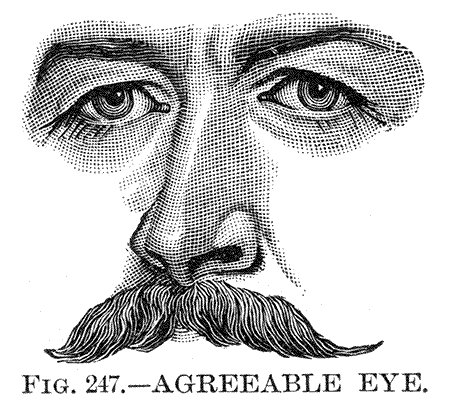Citation (46)
Yet it is impossible not to have a sneaking respect and liking for this hieratic mandarin language with all its euphuistic artificialities and its archaic syntax. Katharévousa has even been used now and then (a feat of unnatural virtuosity) as a medium for poetry; some of the poems of Calvos have a curious fabricated beauty, and there are elements of Katharévousa in Cavafy: cunningly placed bits of whalebone in the more sinuous demotic. It is elaborate and forbidding, but it is precise: indispensable, its champions say (which its opponents bitterly deny), for legal, scientific or mathematical definition. Katharévousa is an expensive faded leather case stamped with a tarnished monogram, holding a set of geometrical instruments: stiff jointed dividers and compasses neatly slotted into their plush beds. Dimotiki is an everyday instrument – a spade, an adze or a sickle – the edge thinned and keen with honing and bright from the whetstone; and the wooden shaft, mellow with sweat and smooth with the patina of generations of handling, lies in the palm with an easy balance. Partisanship for the two idioms has led to rioting in the Athens streets, to bloodshed and even death.
—Patrick Leigh Fermor
(Roumeli, p. 112)
